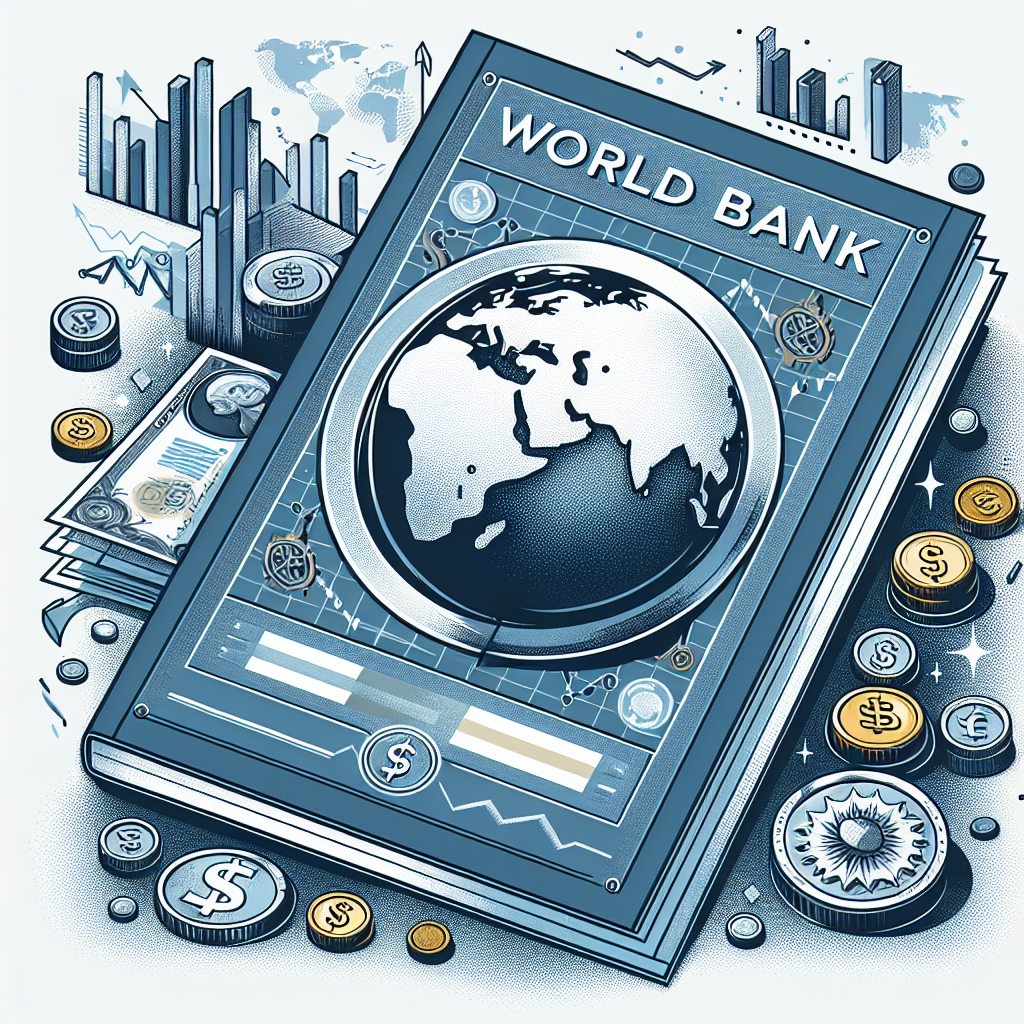Economic inclusion programs, which provide cash transfers, skills training, business capital, coaching, and market access to the poorest and most vulnerable populations, are proving to be highly impactful. However, according to the World Bank’s State of Economic Inclusion Report 2024: Pathways to Scale, these programs currently reach only about one in ten people living in extreme poverty—roughly 70 million people across 88 countries out of an estimated 700 million people living in extreme poverty.
The report, produced by the Bank's Partnership for Economic Inclusion, underscores the effectiveness of these programs, especially for women, and calls for an expansion to reach millions more. Although these initiatives are rapidly growing, they are still limited in their coverage. The report highlights the importance of improving program quality through evidence-based design, effective monitoring, and leveraging partnerships with non-governmental organizations (NGOs), community-based organizations, and the private sector to overcome resource and capacity constraints in scaling these efforts.
Proven Impact with Cost-Effective Outcomes
“There is strong evidence of the significant impact that economic inclusion programs have on food security, consumption, and income,” said Iffath Sharif, Global Director for Social Protection at the World Bank. “When implemented through government systems, these programs can be highly cost-effective and yield high returns on investment.” The report provides several examples of successful programs: for instance, a program in Zambia that supported women led to a 19% increase in consumption, a 45% rise in business profits, and cost recovery within just 12 months. Similarly, a program in Niger resulted in a 15% increase in consumption and a doubling of business revenue for women participants.
Expanding Coverage to Meet Global Goals
At the G20 Global Alliance Against Hunger and Poverty meeting in Brazil, the World Bank committed to an ambitious goal of reaching 500 million people with social protection measures by 2030, including 250 million women. Scaling up economic inclusion programs will be critical to this initiative. The Bank is already collaborating with 42 countries to design and implement comprehensive economic inclusion programs as part of broader social protection systems.
“Economic inclusion programs have the potential to address critical development challenges by empowering women economically and reducing youth unemployment,” said Victoria Strokova, Program Manager at the World Bank’s Partnership for Economic Inclusion. "But to realize that promise, more intentional design and delivery are needed." Strokova emphasized that while 90% of economic inclusion programs target women, only one-third are specifically designed to address women’s economic empowerment directly.
Addressing Barriers to Women’s Economic Participation
The report highlights that economic inclusion programs must be more carefully tailored to address the specific challenges women face, such as social norms, unpaid care work, and other barriers preventing full participation in the economy. Legislative and regulatory barriers that disproportionately affect women must also be tackled to ensure equal access to economic opportunities.
Youth and Climate Resilience: A New Frontier
The report also identifies youth as a key demographic, with two-thirds of programs targeting young people. However, there is room to improve wage employment opportunities for youth through enhanced skills training, apprenticeships, and job placement partnerships with employers.
Additionally, integrating climate resilience into economic inclusion programs is emerging as a critical frontier. The report notes that two-thirds of economic inclusion programs now incorporate climate resilience practices, such as climate risk insurance and the adoption of low-cost green technologies, to help vulnerable populations adapt to environmental changes and future risks.
In conclusion, while economic inclusion programs are showing significant promise, the World Bank’s report calls for greater investment and more innovative approaches to scale these programs to reach the millions of people who remain excluded from the benefits. Strengthening the design, targeting, and implementation of these programs is key to ensuring that the most vulnerable populations can lift themselves out of extreme poverty.











